In the plastic moulding industry, the quality of the mould surface is key.
The better the physical properties of the surface are, the better the finish of the moulded part will be.
Lafer has designed a coating and surface treatment solution that ensures mould surface protection, greater wear resistance and lower friction in moving parts (pins and slides).
After years of study and research, our R&D team has been able to develop two solutions that combine both productivity and aesthetics in equal proportions – Durlafer+, an anti-scratch treatment for the moulding of optical surfaces and transparent plastic, and New Chrome – OX, an anti-adhesive coating for compostable plastic moulding.
In plastic moulding works, sticking can occur upon ejection of the moulded part, as a result of the demoulding force being excessive or the cooling time too short.
Aesthetic defects are frequent in injection moulding, and can originate from the suction effect and sticking of plastic materials.
Corrosion in plastic moulding can jeopardise the efficiency of the mould.
Corrosion mechanisms can develop due to the composition of the plastic material injected, the cooling medium, or a wet or corrosive atmosphere in the production environment.
Advancements in the automotive and furniture industry have resulted in an exponential increase in the use of plastic materials supplemented with additives. Glass, carbon and wood fibres and pigments make moulded plastic highly abrasive.
To achieve the best results in terms of mechanical resistance and appearance of moulded parts, the mould surface requires a perfect finish.
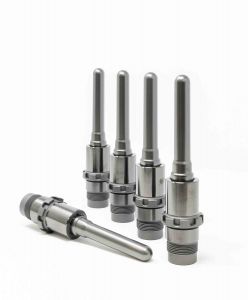
Carbon-based DLC coating deposited using PACVD technology.
It gives good chemical inertness to the mould surface, which is useful for injection moulding of a number of polymers. An excellent solution to improve the fluidity of moving parts (slides and pins) in the pharmaceutical and food & beverage industries.
ANTI-ABRASION
ANTI-CORROSION
ANTI-STICKING
COF REDUCTION
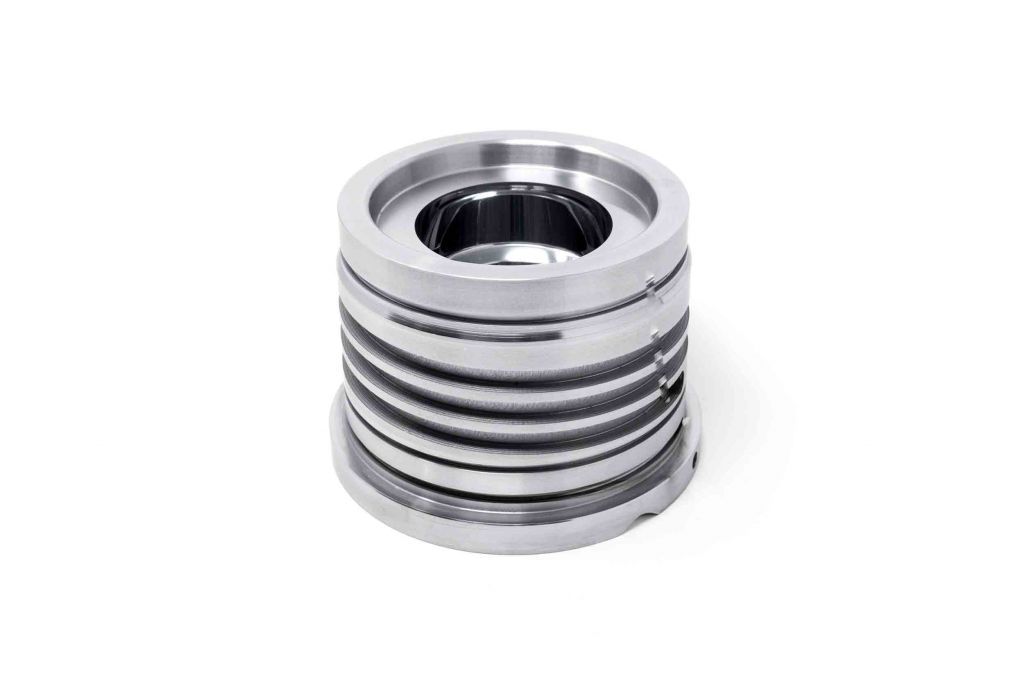
1200 alternate CrN and NbN nanolayers deposited using arc technology.
An excellent solution for injection moulding. It offers great protection against corrosion and high resistance against abrasive wear for filled plastics.
ANTI-ABRASION
ANTI-CORROSION
ANTI-STICKING
COF REDUCTION
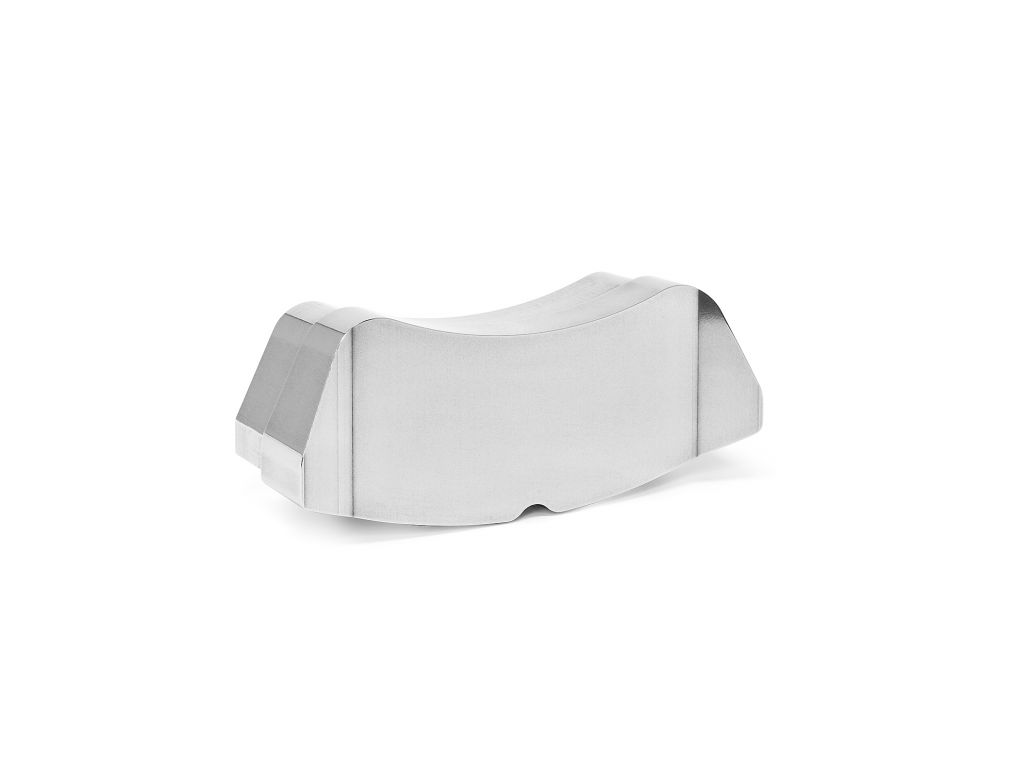
Chromium nitride-based coating (CrN) deposited using Carc+ technology – an innovative deposition technique that makes it possible to obtain high-density and highly corrosion-resistant coatings.
Its chemical inertness yields excellent results in reducing the suction effect and sticking, which are typical of injection moulding.
ANTI-ABRASION
ANTI-CORROSION
ANTI-STICKING
COF REDUCTION
After years of study and research, our R&D team has been able to develop two solutions that combine both productivity and aesthetics in equal proportions – Durlafer+, an anti-scratch treatment for the moulding of optical surfaces and transparent plastic, and Superlattice – OX, an anti-adhesive coating for compostable plastic moulding.
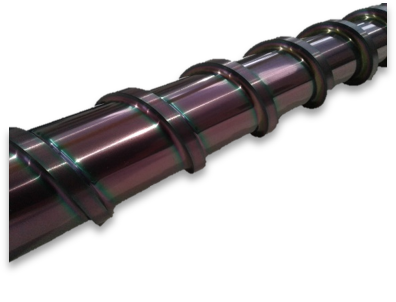
A coating that features special chemical elements in addition to the traditional CrN and NbN nanostructure. The treated surface becomes anti-adhesive and its wear resistance improves greatly thanks to this composition.
Also excellent for mirror-polished surfaces to mould transparent materials.
ANTI-ABRASION
ANTI-CORROSION
ANTI-STICKING
COF REDUCTION
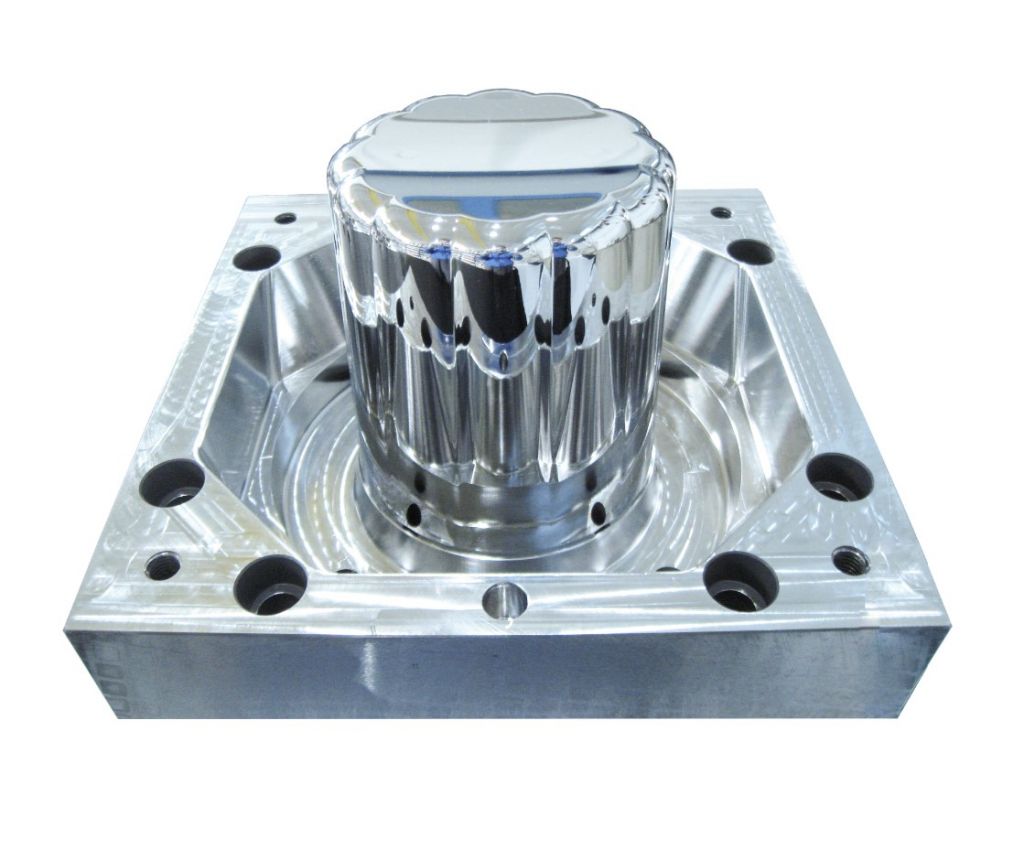
Plasma surface treatment recommended for the mould surface of highly scratch-sensitive optical components.
The treated surface is wear-resistant without altering the moulded part’s quality and finish.
ANTI-ABRASION
ANTI-CORROSION
ANTI-STICKING
COF REDUCTION
DO YOU WANT MORE INFORMATION?
Fill in the form and send it back to us.
You will be contacted shortly by a member of Lafer’s R&D team.

